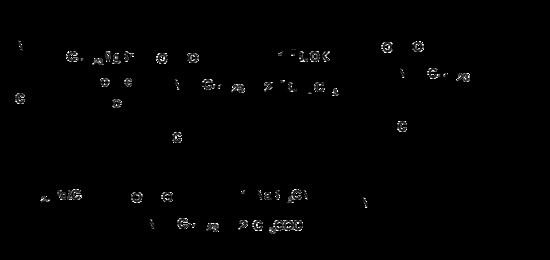Formula C17H35N | Molar mass 253.4665 g/mol | |
 | ||
Related compounds | ||
How to pronounce solenopsin
Solenopsin (C17H35N) is an alkaloid which inhibits angiogenesis via the phosphoinositol-3 kinase (PI3-K) signaling pathway, in addition to contributing to the toxic effect of fire ant venom. Solenopsin has also been shown to have cytotoxic, hemolytic, necrotic, insecticidal, antibacterial, antifungal, and anti-HIV properties. Originally synthesized in 1998, several groups have designed novel and creative methods of synthesizing enantiopure solenopsin and other alkaloidal components of ant venom.
Contents
Total synthesis
The total synthesis of solenopsin has been described by several methods. The method proposed by Bowen et al.(Figure 1) starts with alkylation of 4-chloropyridine hydrochloride with a 1-bromoundecane pre-formed Grignard reagent, followed by amidation of the pyridinal nitrogen with phenyl chloroformate, to form 4-Chloro-1-(phenoxycarbonyl)-2-n-undecyl-1,2-dihydropyridine. Phenol is then displaced by t-butoxide, and the pyridine is then methylated at the 6 position. The pyridine ring is then reduced to a 1,2,3,4-tetrahydropyridine via catalytic hydrogenation over palladium. Boc is finally removed to yield (+)-Solenopsin A as trans-2-methyl-6-n-undecylpiperidine. The hydrochloride salt is then formed with addition of HCl and concentration of the solution yields pure Solenopsin A HCl as a white solid. A number of analogs have been synthesized using modifications of this procedure, but Solenopsin A has been shown to have the most potent anti-angiogenic effects.
Figure 1
Summarized schematic of the total solenopsin synthesis
Biological activity
In vitro studie in embryonic zebrafish in the lab of Jack L. Arbiser at Emory University first revealed solenopsin's anti-angiogenic effects. Further studies have shown that solenopsin inhibits the survival protein Akt in an ATP-competitive manner, without affecting upstream activators PI3-K dependent protein kinase 1 (PDK1) or PI3-K itself. While the direct protein target of solenopsin has not yet been identified, current research suggests a target upstream of PI3-K. In addition to these anti-angiogenic effects, solenopsin potently inhibits the neuronal nitric oxide synthase (nNOS) in a manner that appears to be non-competitive with L-arginine. "The nNOS inhibition by solenopsin compares favorably with the inhibitory potency of widely used nNOS inhibitors."
Though the use of ant venom in a remedial sense has often been marginalized to homeopathic therapies, basic science research is just beginning to uncover the therapeutic value of these alkaloids in human pathologies.
